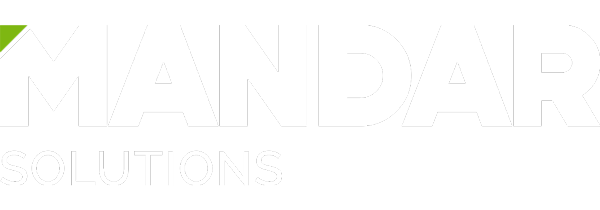R-DNA has arrived at Platform 1
In partnership with Van Walt, R-DNA provides a robust monitoring service for Network Rail. Train delays can be caused by a variety of reasons, from livestock and leaves on the tracks, to flooding. That means the organisations that manage the rail networks have to contend with all the possible factors that could create a disruption to the smooth flow of rail traffic. More often than not it is external circumstances like extreme weather, landslides, blocked drains, overflowing rivers, pollutant spills, overgrown or flooded waterways that cause delays to the rail timetable.
Like every other business that offers a service or product to the general public, the rail network has a duty of care to deliver theirs safely, securely and to agreed service levels. That’s why an on-going programme of investment and research into better ways of managing potential risks to the assets and infrastructure is in place and why Van Walt was invited to suggest a solution to monitoring a potential flood risk situation.
On HS1 infrastructure there was a risk of assets being flooded due to internal and external factors. Richard Dance, Systems Engineer, Network Rail (High Speed) Ltd contacted Van Walt in the last quarter of 2014 to discuss the deployment of a couple of systems to measure water level and to report by means of alarms when levels were getting to a critical point. The introduction of an early warning alarm would give the business time to take remedial action before any serious damage or delay occurred. Two hardware telemetry devices with water level sensors were installed and have been running continuously now for well over a year, sending data to R-DNA to provide continuous insight into those water levels, with the aforementioned alarms set for critical points.

At the Stratford International Station end, the problem was of a different nature. An early warning system was needed to report both water level and the presence of hydrocarbons on a small lake not far from the station. Here Van Walt also installed a further hardware telemetry device this time including a hydrocarbon sensor. As soon as hydrocarbons are detected an alarm is raised within R-DNA and emailed to the duty officer.
Network Rail (High Speed) Ltd as the manager of HS1 infrastructure takes delays very seriously. Their well-trained staff identify the problem and look at solutions and we are delighted that we have been a small part of that process. By collecting every 15 minutes with an hourly upload to the R-DNA cloud , the client has a very thorough picture of what is going on, (the graphic presentation can show the events in the last few hours or days to give reassurance) but more importantly but also has ample warning time to initiate any corrective actions. No-one likes to be woken up at unsociable hours, and so having a system such as R-DNA which can be interrogated remotely enables the person on duty to make sensible decisions ahead of donning foul weather and safety gear to go to site. Of course, one of the hidden extra benefits of R-DNA in this instance is that it throws up information which had hitherto been unknown such as, for example, the extent of tidal influences relatively deep inland.
And so on to cost: Technology and digital advances have made this type of system available at a cost which is now, by far, overshadowed by the benefits. Installation is simple, the sensors are accurate, resilient and reliable. These systems can now be configured to measure many different parameters in addition to level, temperature and hydro-carbons, so are suitable for multiple applications and requirements.
For pricing contact us for a discussion about your requirements.




